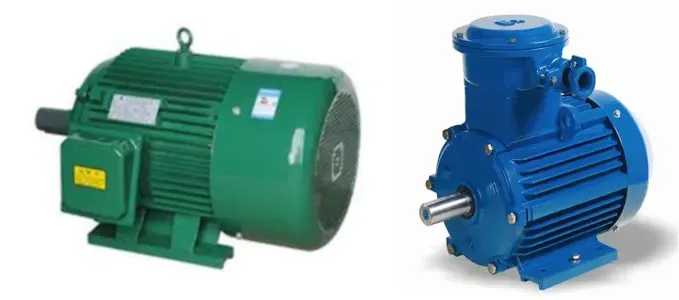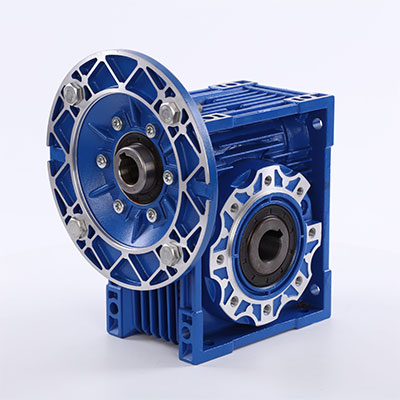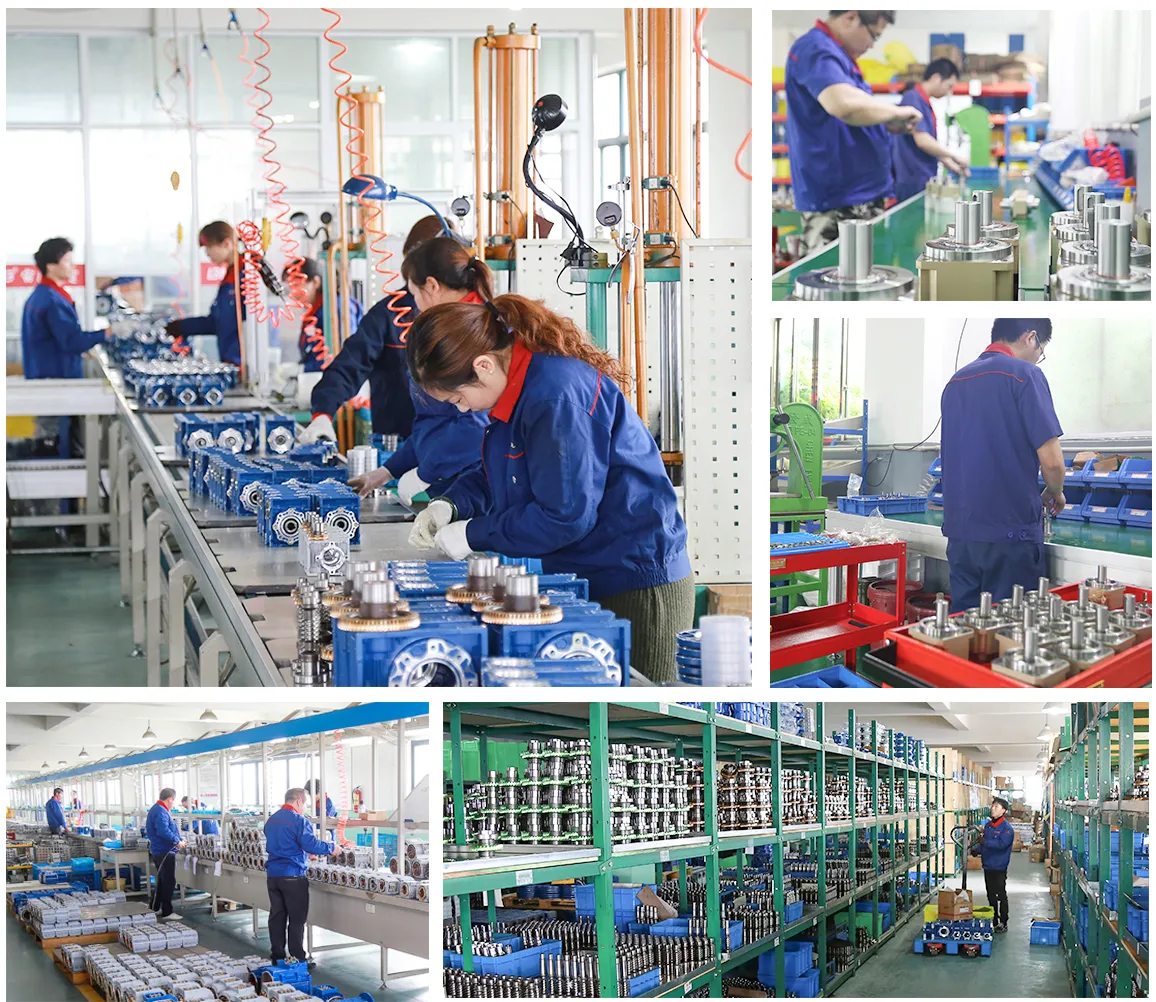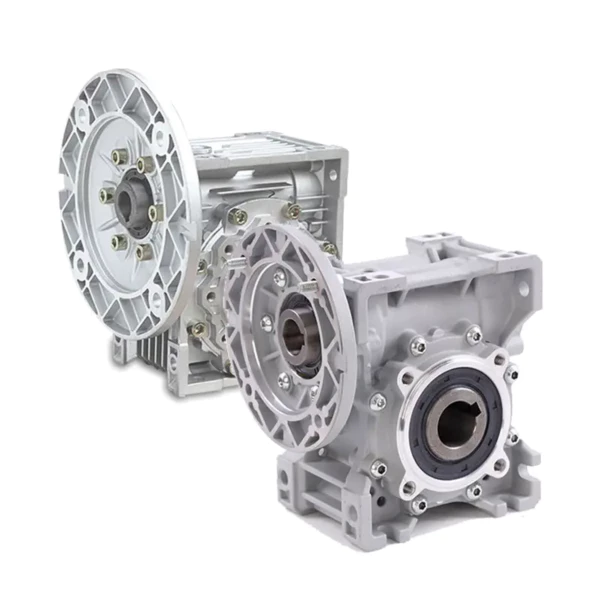Worm Gearbox for Laboratory Equipment: An In-Depth Review
Today's laboratory settings have become more demanding and precise, and mechanical components must meet these stringent requirements. One such component is the worm gearbox. It is a type of speed reducer that is widely used in laboratory equipment. In this blog post, we'll delve into the intricacies of worm gearboxes and how they are advantageous for lab equipment.
Understanding a Worm Gearbox
A worm gearbox, also known as a worm drive, is a gear arrangement in which a worm (which is a gear in the form of a screw) meshes with a worm gear (which is similar in appearance to a spur gear). The major advantage of this configuration is that it allows for high torque output while maintaining a compact size.
Application of Worm Gearbox in Laboratory Equipment
The worm gearbox has a myriad of applications in laboratory equipment due to its unique characteristics. Here are some of the reasons why:
- Compact Design: Laboratory equipment often necessitates compact mechanical components to maximize space utilization. Worm gearboxes, with their compact and high-torque design, are suited for this application.
- Precision Control: Worm gearboxes offer precision control over speed, making them ideal for laboratory applications that require exact movement.
- High Torque: Worm gearboxes are known for their high torque output, which is crucial for heavy-duty laboratory equipment.
- Low Noise: Working in a laboratory requires a quiet environment, and worm gearboxes operate with minimal noise, making them an ideal choice.
- Reliability: Given the critical nature of laboratory work, equipment reliability is paramount. Worm gearboxes are known for their durability and long service life.
Working Principle of Worm Gear Motor
The worm gear motor operates on a simple principle. The worm, which is the driving component, rotates the worm gear. The rotation of the worm gear is perpendicular to the worm, enabling a 90-degree change in direction. As the worm has one or more teeth and the worm gear has numerous teeth, this allows for a significant reduction in speed with a corresponding increase in torque.
Choosing the Right Worm Gear Reducer for Your Laboratory Equipment
Choosing the right worm gear reducer for your laboratory equipment is crucial to achieve optimal performance. Here are some points to consider:
- Size and Mounting: Ensure the worm gear reducer fits into your equipment and can be mounted securely.
- Speed and Torque Requirements: Determine the speed and torque requirements of your equipment and choose a worm gear reducer that can meet these specifications.
- Material: The material of the worm gear reducer should be robust enough to withstand the demands of your laboratory equipment.
- Price: While it's tempting to go for the cheapest option, remember that price often reflects quality. Invest in a worm gear reducer that guarantees long-term performance and durability.
- Manufacturer Reputation: Choose a reputable manufacturer that stands behind their products and offers good after-sales service.
Motors for Worm Gear Reducers

Worm gear reducers and motors are intrinsically linked. The motor provides the rotational power that the worm gear reducer converts into torque. It is crucial to pair your worm gear reducer with a suitable motor for optimal system performance. We also provide high-quality electric motors specifically designed for use with our worm gear reducers.


About Us
We are a leading manufacturer of transmission equipment with over 15 years of experience in the design, production, and sales of gearboxes. Our customer base spans across Europe, America, Africa, and Asia, and we have consistently received commendations for our excellent service, high-quality products, and competitive pricing.
Our range of products includes the MRV series worm gear reducer, GV series gear reducer, RT series solar reducer, XV series planetary reducer, BD series harmonic reducer, and various types of non-standard reducer. These are widely used in various industries including the equipment industry, food industry, car washing industry, packaging industry, transmission industry, automation industry, and solar energy industry.

Explore our range of worm gearboxes today and reach out to us for purchases. Your laboratory equipment deserves the best, and we're here to provide just that.
Q&A
Q: What is the lifespan of a worm gearbox?
A: With proper maintenance, a worm gearbox can last for several years. The exact lifespan depends on the operating conditions and usage.
Q: Can a worm gearbox operate in both directions?
A: Yes, a worm gearbox can operate in both directions. However, the worm can only drive the gear in one direction.

Q: What maintenance does a worm gearbox require?
A: Regular inspection, lubrication, and cleaning are essential for maintaining the performance and longevity of a worm gearbox.
Edited by Zqq.

